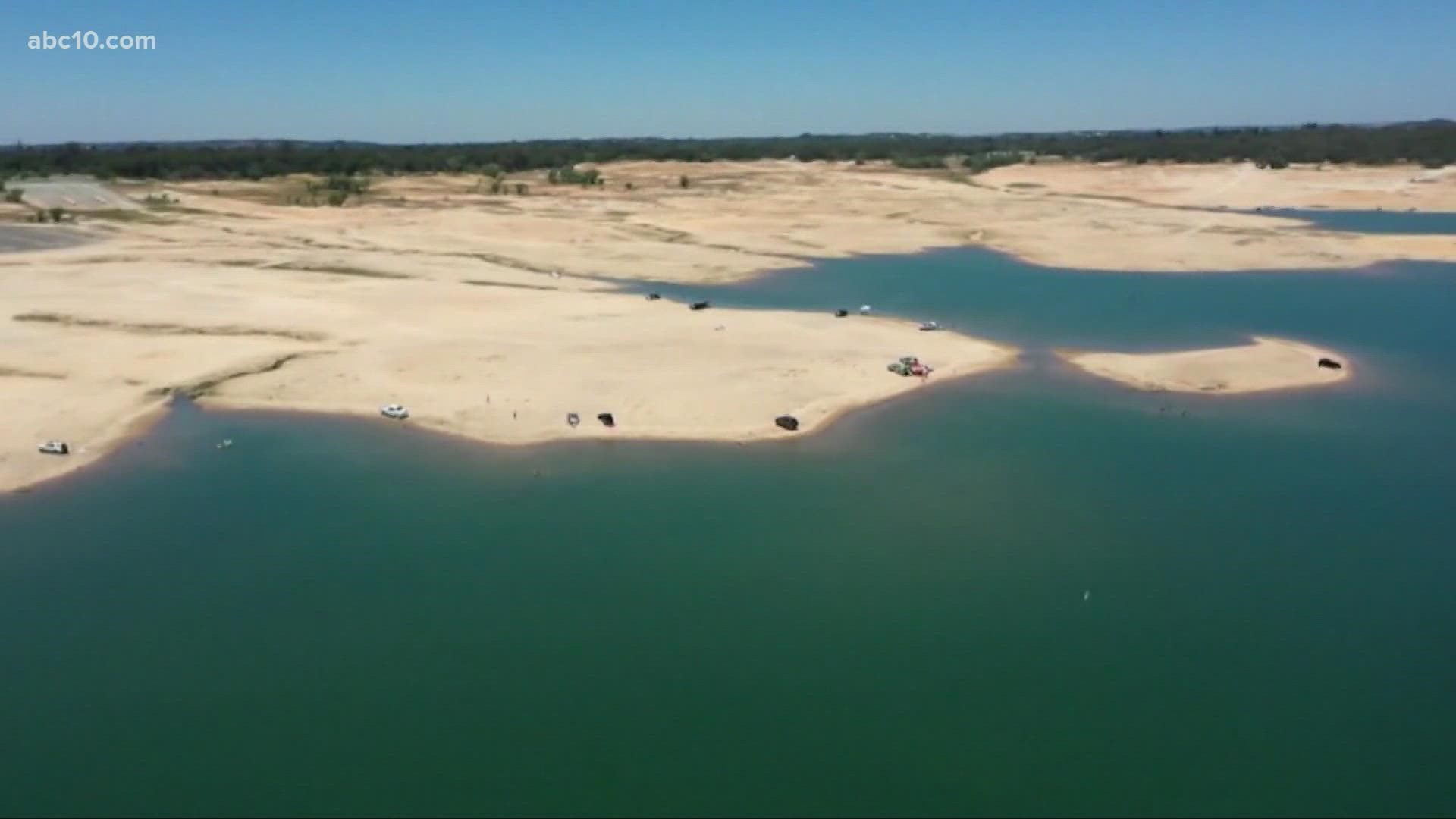SACRAMENTO, Calif. — The National Oceanic and Atmospheric Administration released its yearly assessment on global temperatures, finding 2021 was the fourth hottest year on record for the U.S.
That warmer atmosphere is what drives extremes like the record-setting snow in the Sierra last month.
Andrew Schwartz from the University of California, Berkeley's Central Sierra Snow Lab has been following these extreme trends. He says, as the climate warms for every one degree Celsius, we increase the water holding capacity of the atmosphere by about 7%. When cold air interacts with large wet storms coming in from the Pacific, we’ll end up with higher than average or even record-breaking snow.
Schwartz says with climate change the Central Sierra Snow Lab is now focusing their research on not only direct impacts from winter events but also compounding events, like how wildfires affect the Sierra snowpack
He says, in the case of the Dixie Fire, nearly all of the watershed around the area was burned, and that will have an enormous impact on the water coming out of it.
Another field of study they are taking an active role in is the increasing events of rain on top of snow. This type of weather pattern can lead to large scale flooding due to rapid runoff. Local waterways don't have the capacity to handle the influx of water and quickly flood nearby areas.
Even in normal snowmelt years, there are growing atmospheric elements at play. Warmer temperatures are leading to higher evaporation rates. This affects the amount of water running downhill into local reservoirs. It creates an increasing challenge for water managers to calculate how much will be available through the dry season.
WATCH ALSO:



















